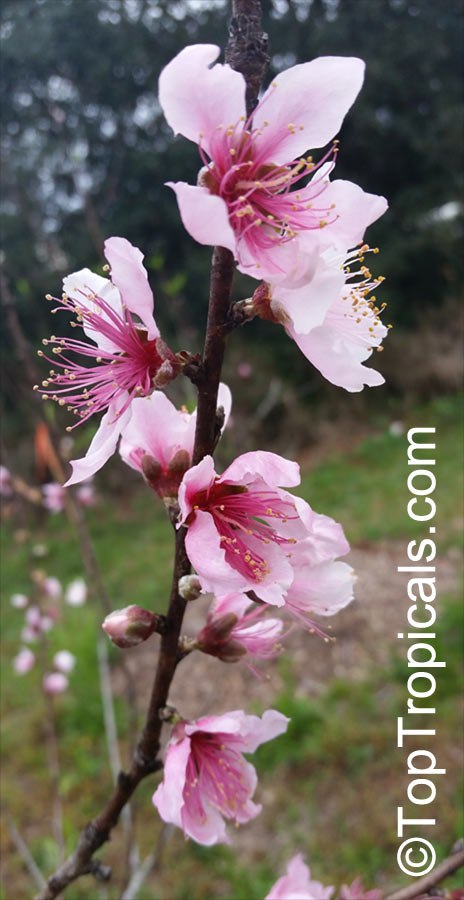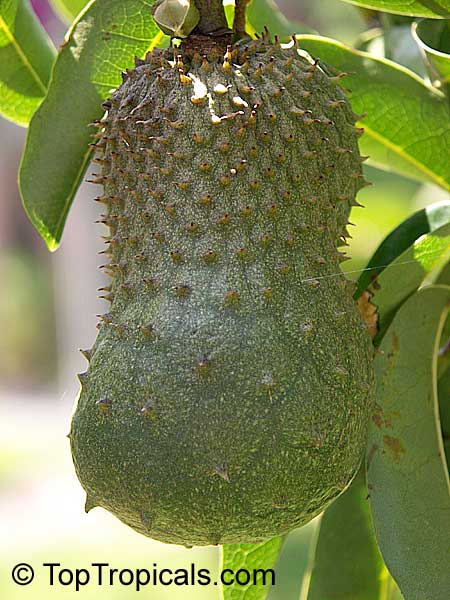Hoya calycina - Papua Sweet Scent
😶
Did you know this about Hoyas?
*
Wax Plants: Hoyas are often called wax plants because of their thick, glossy leaves and waxy flowers.
*
Sweet Scented Blooms: Their star-shaped flowers not only look like candy but also emit sweet, often vanilla-like or chocolatey scents, especially in the evening.
*
Epiphytic Nature: Many Hoyas grow as epiphytes in their natural habitats, meaning they live on other plants or
trees, getting nutrients from the air and rain.
*
Longevity: Hoyas can live for decades and may even be passed down as heirlooms. Some specimens are over 100 years old!
*
Nectar Drops: Their blooms produce tiny drops of nectar, a treat for pollinators (and sometimes houseplant owners).
*
Hundreds of Species: There are over 500 species of Hoyas, ranging from tiny-leafed varieties to ones with massive leaves or even fuzzy foliage.
*
Sun-Loving Flowers: While the plants tolerate lower light, Hoyas flower best with bright, indirect light or even some direct sun.
*
Low-Maintenance: They’re perfect for forgetful gardeners since they prefer to dry out between waterings.
*
Climbing or Trailing: Hoyas can either climb with the help of trellises or cascade beautifully as trailing plants.
*
Flowering Age: Hoyas are patient! Some won’t bloom until they’re a few years old, but the wait is worth it.
*
Resilient Peduncles: Never cut off the “flower stems” (peduncles) - Hoyas rebloom from the same spot year after year.
*
Exotic Origins: Native to Asia, Australia, and the Pacific Islands, they thrive in tropical and subtropical climates.
*
Lucky Charm: In some cultures, Hoyas are considered symbols of love and are gifted as housewarming or wedding presents.
🎥
Hoya calycina - Papua Sweet Scent was discovered in Papua New Guinea in 1913. The flower is very fragrant and can infuse your entire house in a beautiful lilac scent.
😍
Do you have a favorite Hoya species in mind? Share in comments!
📚
More from previous post:
Our favorite houseplants - hoyas
🛒
Shop hoya plants
#Container_Garden #Shade_Garden #Fun_facts
🔴
Join 👉 TopTropicals






















